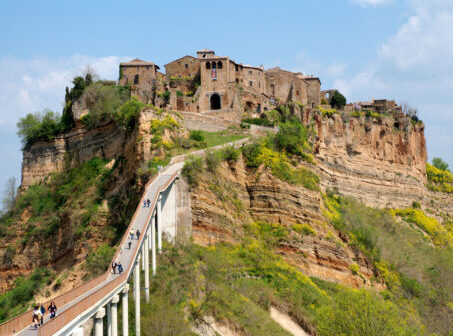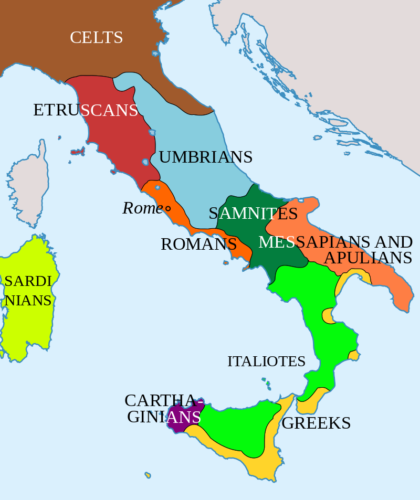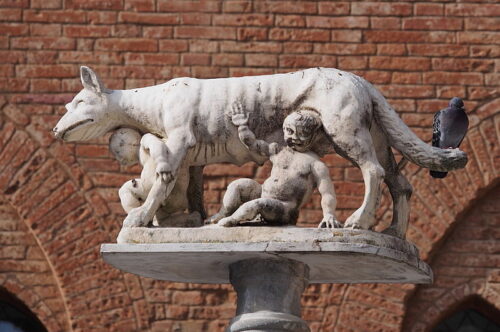Birth
The area where the city of Siena lies today was first inhabited by Etruscans (Tusci in Latin) between 800 and 400 BC. During that time frame the Etruscan civilization became the dominant agent of uniformity for the various peoples in the region of Tuscany.
A fort was founded on top of one of the three hills occupied today by Siena, a standard practice followed by Etruscans in the founding of their cities that were easier defended with the help of a terrain that worked as a natural fort. The tribe that populated the fort belonged to the Saena Etruriae. The introduction of the Etruscan irrigation system would gradually transform the whole area into a lush agrarian land.
The Etruscan civilization reached its peak in the 7th century BC. Rome was in fact ruled by Etruscan kings who formed its elite cast from its very beginning all the way to the establishment of its republic in the late 6th century when the tribes of the Latins and Sabines took control.
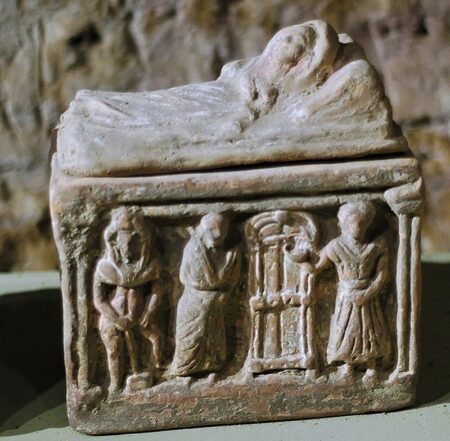
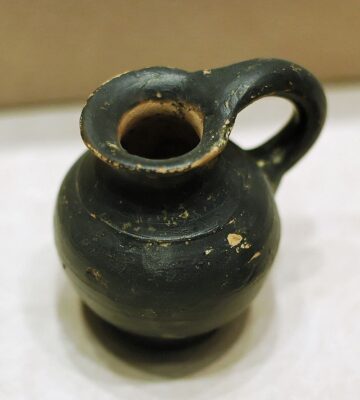
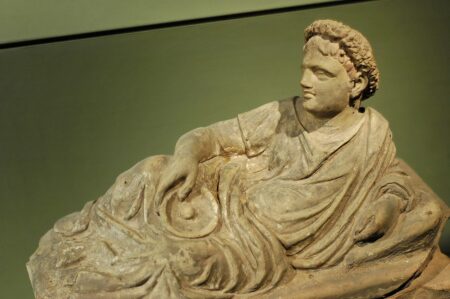
The Romans assimilated many of the elements of the Etruscan culture in their own identity. In the 5th and 4th century BC, Rome expanded its influence outside its own city radius, to a great extent through war with Etruscan cities and peoples. The who of Etruria was finally subdued to the Roman Republic.
When the Roman town of Saena Julia was founded at the site of the former Etruscan fort at the time of Emperor Augustus (63 BC- 14 AD), Rome was already a super-power. According to the Roman legend, Remus’s sons Senius and Aschius, fled Rome after the killing of their father by his uncle Romulus. His uncle founded Rome and Senius founded Siena. According to the same legend the city got its colors, the black and white of its coat of arms, by the colors of the horses the two brothers rode when fleeing Rome for the hills of Siena.
The first written mention of Siena comes from the year 70 AD, when the Roman historian Cornelius Tacitus refers to an incident with a Roman Senator who was beaten and ridiculed by the people during his official visit to Saena Julia. The Roman city fort was located where Castelvecchio lies today.
